Ride1UP has released a string of impressive e-bikes; from their gravel e-bike the CF Racer1 to the e-moped the Revv 1, Ride1UP is producing well-designed e-bikes that have a unique flair.
The Ride1UP Portola is their entry into the world of value-packed, folding e-bikes. This segment has been dominated by Lectric Bikes with their XP 3.0, which has proven to be an e-bike that offers so much value, few e-bike companies have been able to produce a model that competes with it head-to-head.
In our review of the Ride1UP Portola we will examine whether this e-bike is the competitor the market has been waiting for.
Plot spoiler: It’s competitive.
In broad strokes, the specs look like your typical folding e-bike that is priced nearly that elusive $1000 price point. It features 20 in. wheels, a 499Wh battery, a Shimano drivetrain, disc brakes and a full accessory package.
The similarities to other e-bikes in this price point pretty much end there.
My Experience Riding The Ride1UP Portola E-Bike
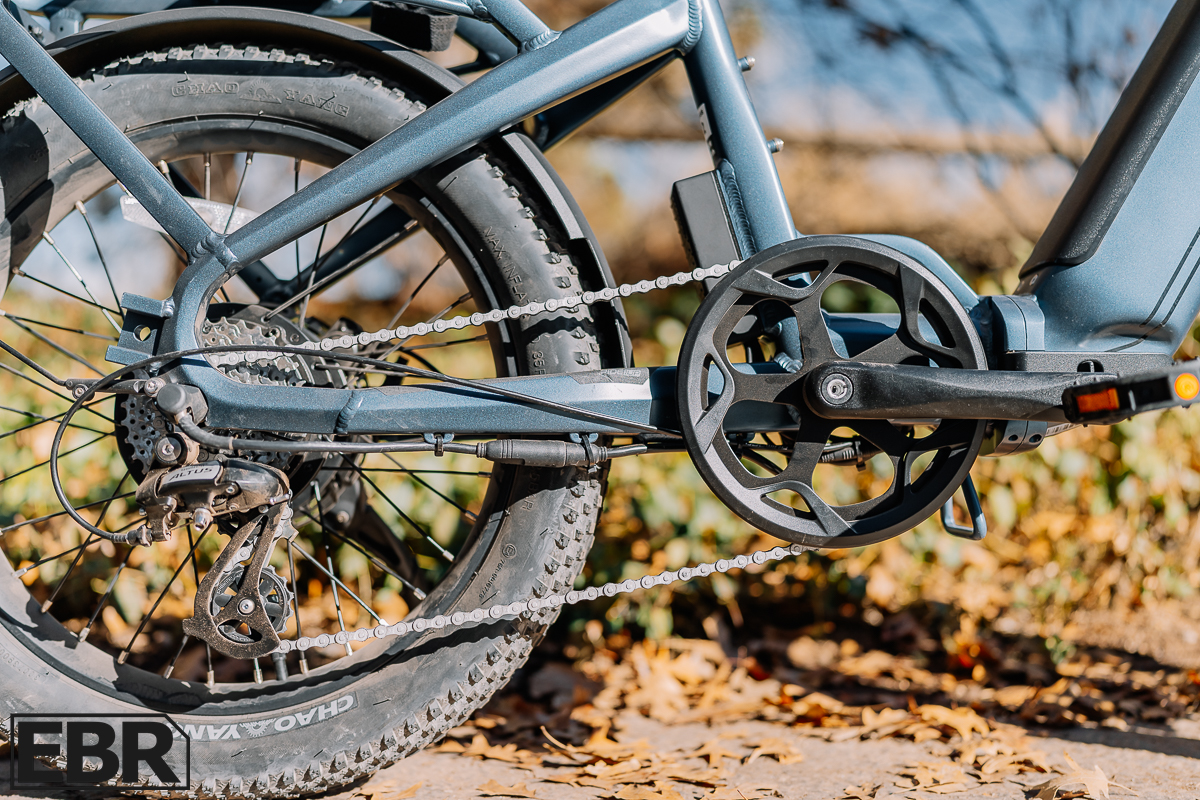
The Ride1UP Portola is a remarkable bike from Ride1UP, a brand that has gained a reputation for building e-bikes of exceptional value. These aren’t just e-bikes that are priced well—typically they feature a parts pick that we didn’t think anyone could pull off at the price they are charging.
The Portola is yet another Ride1UP e-bike that does more for its price than we expected, but before we dig into the details, I want to say a bit about how this e-bike rides. As a folding e-bike with 20-in. wheels, this is a versatile e-bike. It doesn’t have the go-anywhere abilities of a fat-tire e-bike, but it can handle some off-road riding as well as serving a very capable commuter.
While I’ll get more into the cadence sensor later, I want to mention that one of the reasons this e-bike rides so well owes to the fact they used a better cadence sensor that we typically see. It makes the Portola more responsive. And the combination of 3-in.-wide tires and an 80mm-travel suspension fork make this one of the most comfortable folding e-bikes I’ve ridden.
The Ride1UP Portola ships as a Class 2 e-bike, but can be unlocked for a maximum pedal-assist speed of 28 mph. Not all Class 3-capable e-bikes actually have the gearing or muscle necessary to go 28 mph, but the Portola hit 28 with ease.
Range
Estimated Range (from Ride1UP): 25-40 mi.
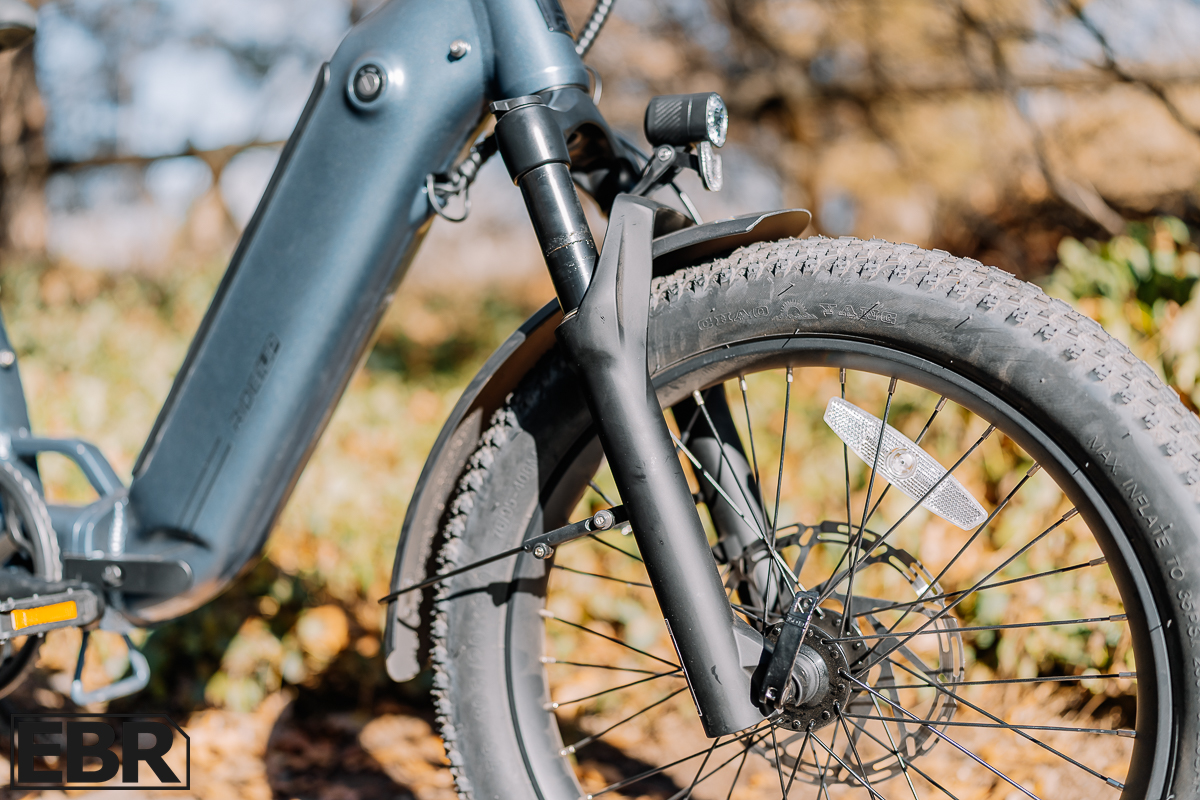
Ride1UP did an impressive job estimating the range that riders would see; it’s not often that the real-world testing results that our colleagues at Electric Bike Report get mirror a brand’s estimates so closely. What’s especially surprising is that the Ride1UP Portola actually exceeded Ride1UP’s estimate by a full 25 percent in PAS 1. Further, we don’t often see an e-bike with a 750W motor achieve roughly 50 mi. of range with a 499Wh battery. The general rule of thumb for acceptable range is that the motor size (as measured in watts) should roughly equal the battery size (as measured in watt/hours).
What concerns us is how range will drop for the rider who sticks to PAS 5. Our colleagues at Electric Bike Report covered 22.67 mi. in PAS 5, which is close to their estimate, but all it takes is a headwind or a few extra hills and that number will shrink.
Power (Motor & Battery)
Power Rating: 750W

The Ride1UP Portola is built around a 750W brushless, geared hub motor. And let me say that this motor is pretty peppy. The motor produces 65Nm of torque, which might not be a lot for a fat bike, but with 20-in. wheels, the 65Nm of torque offers great acceleration because a smaller wheel is easier to accelerate.
Governing the motor’s starting and stopping is a 24-magnet cadence sensor. Most cadence sensors we see feature a 12-magnet cadence sensor. These sensors typically take half to ¾ of a turn of the pedals before the motor kicks into action. This, in our opinion, is one of the weakest features of most budget-oriented e-bikes. With the 24-magnet cadence sensor on the Ride1UP Portola, the motor will respond after just a 10-degree turn of the pedals. The difference in performance both in terms of the motor starting and stopping is dramatic. While this cadence sensor can’t match the sensitivity of an e-bike equipped with a torque sensor, this is closer to the performance of a torque sensor than it is a traditional cadence sensor.
Ride1UP equips the Portola with a 499Wh (10.4Ah) battery. When our colleagues at Electric Bike Report did their range testing and covered 49 mi., they did that on this 499Wh battery. Ride1UP offers a 643Wh (13.4Ah) battery upgrade for an extra $100. It’s a smart investment in my opinion.
This is a peppy e-bike on hills. I do all the hill testing for Electric Bike Report and the Portola beat the Lectric XP 3.0 on our hill test by just a few seconds.
Components
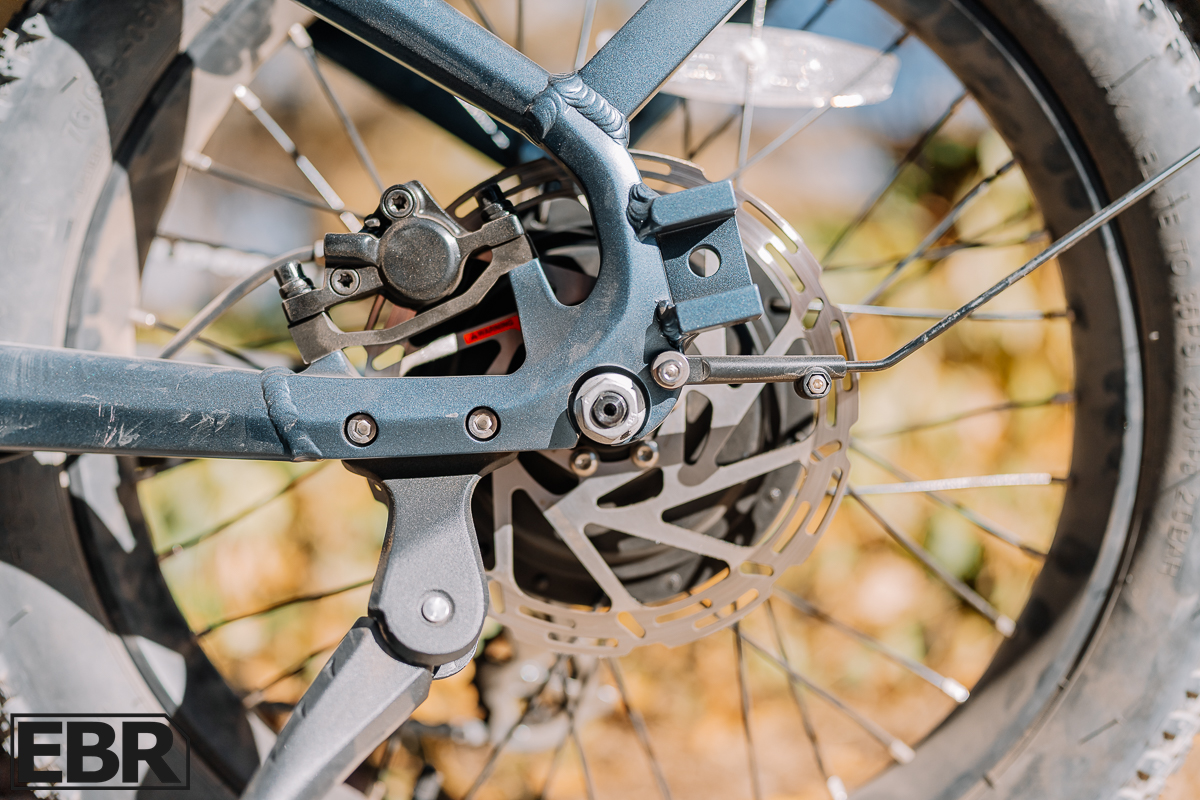
I really like that Ride1UP equipped the Portola with an 8-speed Shimano Altus. Thanks to a 48t chainring up front, I didn’t have any problem with ghost pedaling—where the gear isn’t high enough to be able to pedal for the speed you’re going. The 11-32t cassette has a substantially wider gear range than we see on most e-bikes in this price range. Most feature a 200 percent gear range (14-28t), while the Portola offers a nearly 300 percent gear range. That’s going to make a noticeable difference on hills, both going up and coming down.
I like the Altus trigger shifter because it features a lighter touch than the thumb shifter we typically see in this price range and it doesn’t require you to raise your thumb above the bar to shift. Having two separate levers, one for upshifting and another for downshifting make it easier to remember which does which and ultimately makes the e-bike more controllable.
The brakes are dual-piston hydraulic disc brakes and while unbranded, they feature a solid design and are matched with 180mm rotors. Putting 180mm rotors on a relatively small (20 in.) wheel improves the braking performance over what we usually see in this price range. Companies have several ways to improve brake performance: use a larger rotor, use a smaller wheel, or use more (4) pistons. Ride1UP has used two of these in the Portola.
The kickstand is mounted in the rear, near the dropouts, so it won’t catch the pedals if you have to roll the Portola backward as you park it.
The DDK comfort saddle is nice; I’m not especially sensitive to saddles, but this one is wider than many, which makes it a bit more supportive.
Screen / User Interface / App

The display that comes with the Ride1UP Portola is a black-and-white KD21C LCD that integrates the controller buttons with the display. This reduces the number of things that have to be mounted to the handlebar as well as helping to keep the overall cost down on the Portola.
The main screen shows current speed, which PAS level the motor is set to and battery level. The battery level indicator leaves something to be desired; I’d like it better if it gave the charge as a percentage of total battery capacity. Five bars isn’t really enough, and it seems that you lose charge more quickly at the bottom third of the capacity than you do at the top third.
At the bottom of the display you can scroll through different functions like total odometer, elapsed time or trip distance. One data point it does offer that I like is the ability to see how much wattage the motor is putting out. It is through the display that you can go into other functions, such as unlocking the Portola so that it can be ridden as a Class 3 e-bike.
I like the push-lever throttle. I think they are a big help to commuters when starting from a traffic light. They help get you up to speed quickly from a dead stop. For those who want to ride the Portola as a Class 1 e-bike due to local laws, the throttle can be turned off in the settings available on the display.
Is The Ride1UP Portola Worth It?
When I first looked at the Ride1UP Portola, just judging from the parts spec, I was expecting this to be a roughly $1500 e-bike. I really wasn’t expecting the ride quality to be this good and the e-bike to feel this solid.
A brief note on folding up the Portola: We like to begin with the drive-side crank arm positioned to 2 o’clock. After positioning the crank, we fold the pedals by pushing them in, then pushing in the pin and pulling the lever to release the clamp. Once that’s done, I fold up the kickstand and then fold the e-bike in half. There’s a small strut that helps stabilize the Portola. Once that’s done I take the strap mounted on the rear rack and wrap it around the fork stanchion and snap it into place. To release the handlebar mast, there is a pin that must be pushed in before releasing the clamp and then a second, fail-safe button needs to be pushed in to fold the handlebar mast. It’s a simple and secure system. Once folded it measures 37 x 21 x 28.5 in.
I’m a pretty big fan of this e-bike, especially the price point. Being able to find a quality e-bike for $1000 is compelling for so many people, considering all the things you can do on this e-bike. Folding e-bikes took off initially with the RV crowd because it meant that you could travel with an e-bike and not have it be hard to store. Then people realized they could fit in a truck, SUV or even the back of your car, and that opened up lots of new places to ride for people.
In keeping the Portola to $1000, they’ve made an outstanding e-bike. If it were $4000, I’d be much more critical of this e-bike. They really couldn’t have done much more to pack any additional value into the Portola.
For the person looking for an e-bike to ride around town, whether for recreation or commuting, whether you’re looking for a folding e-bike or not, whether you want to go offroad or stick to the pavement, the Ride1UP Portola is an outstanding e-bike.
Now that the Portola has been in the market for a few months, I’m interested to see how other companies respond to it. They’ve delivered so much value that it’s going to push other companies who want to deliver an e-bike at the $1000 price to improve on the model’s specs.

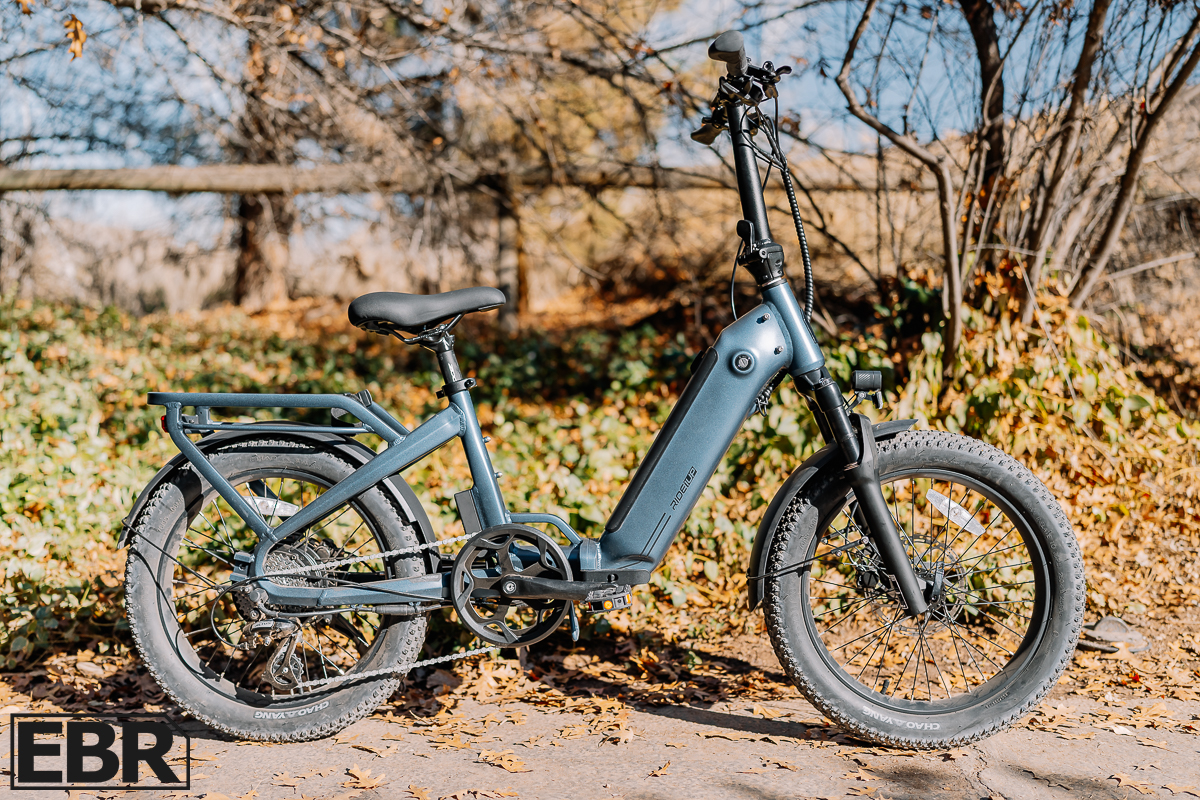
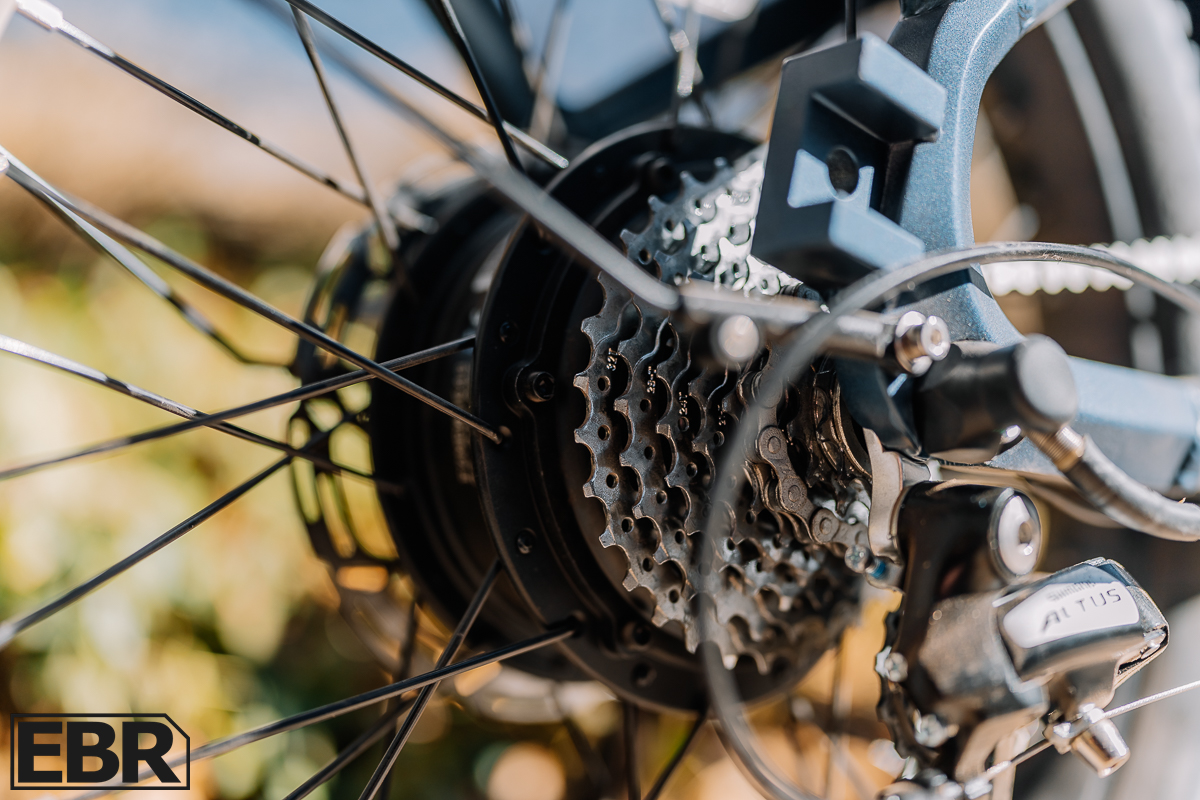

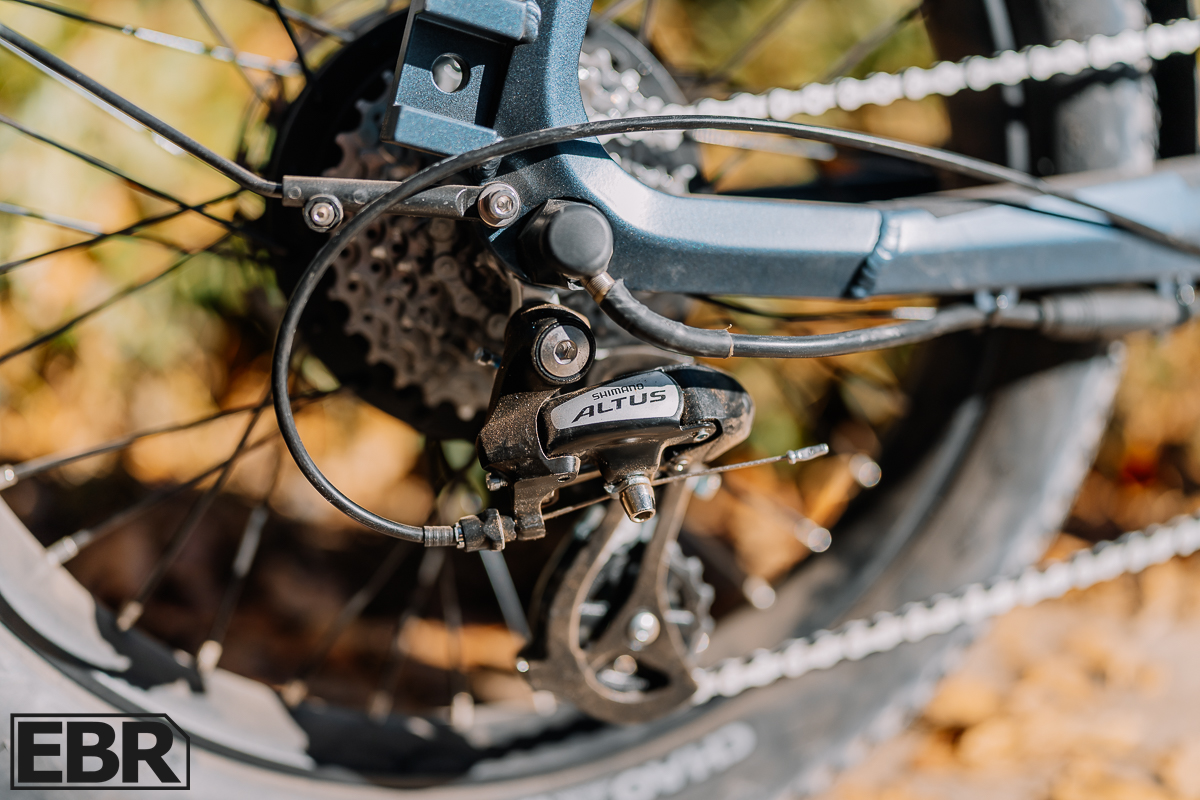
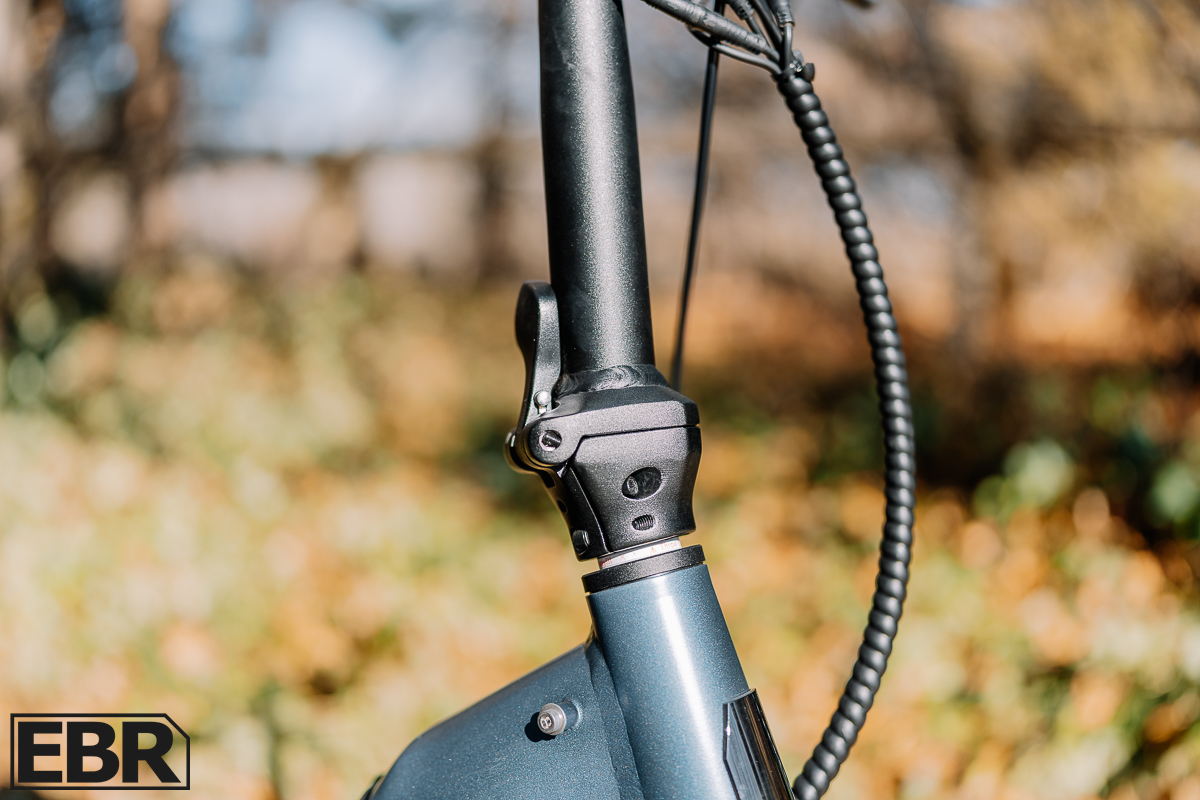
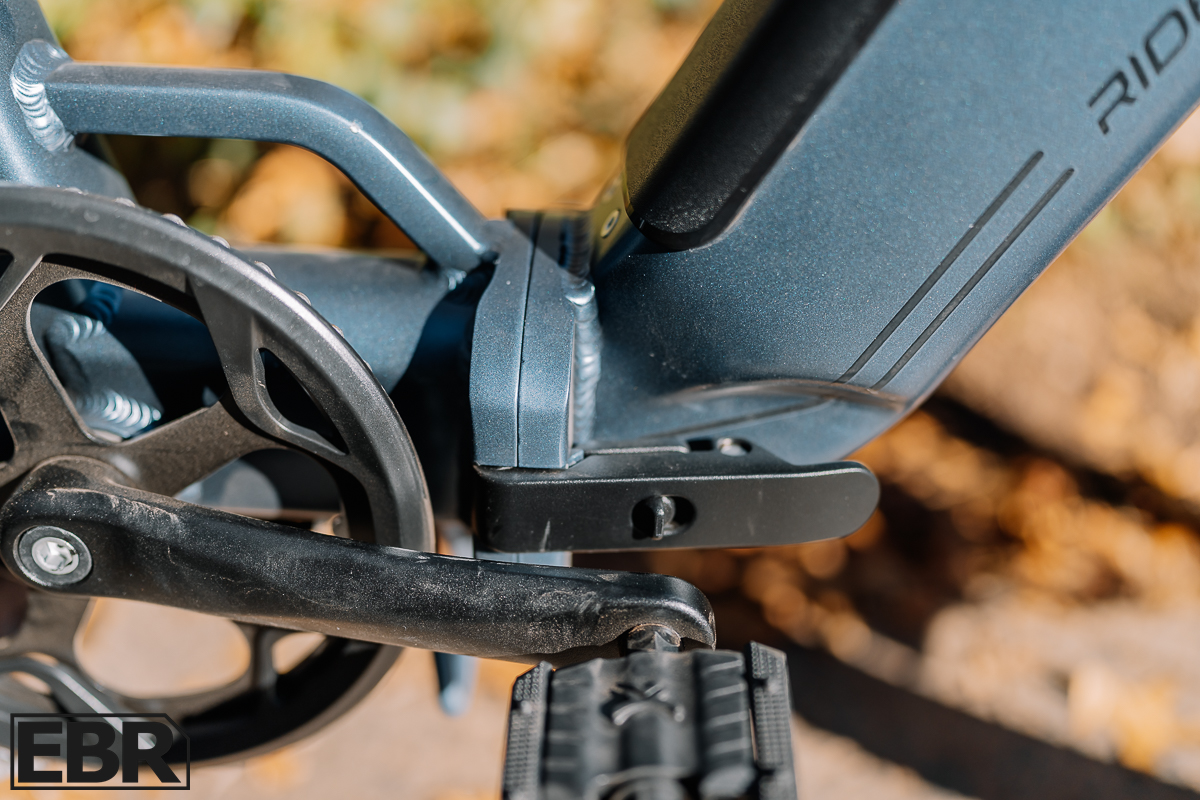

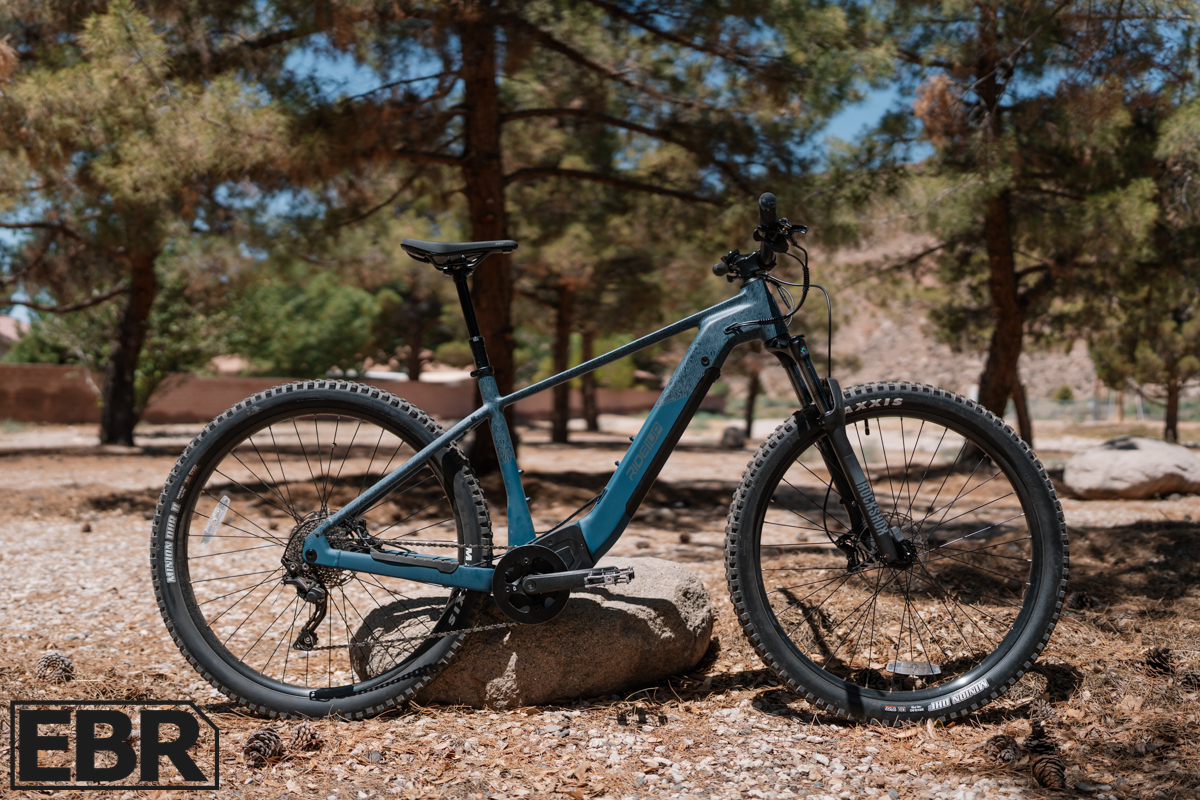


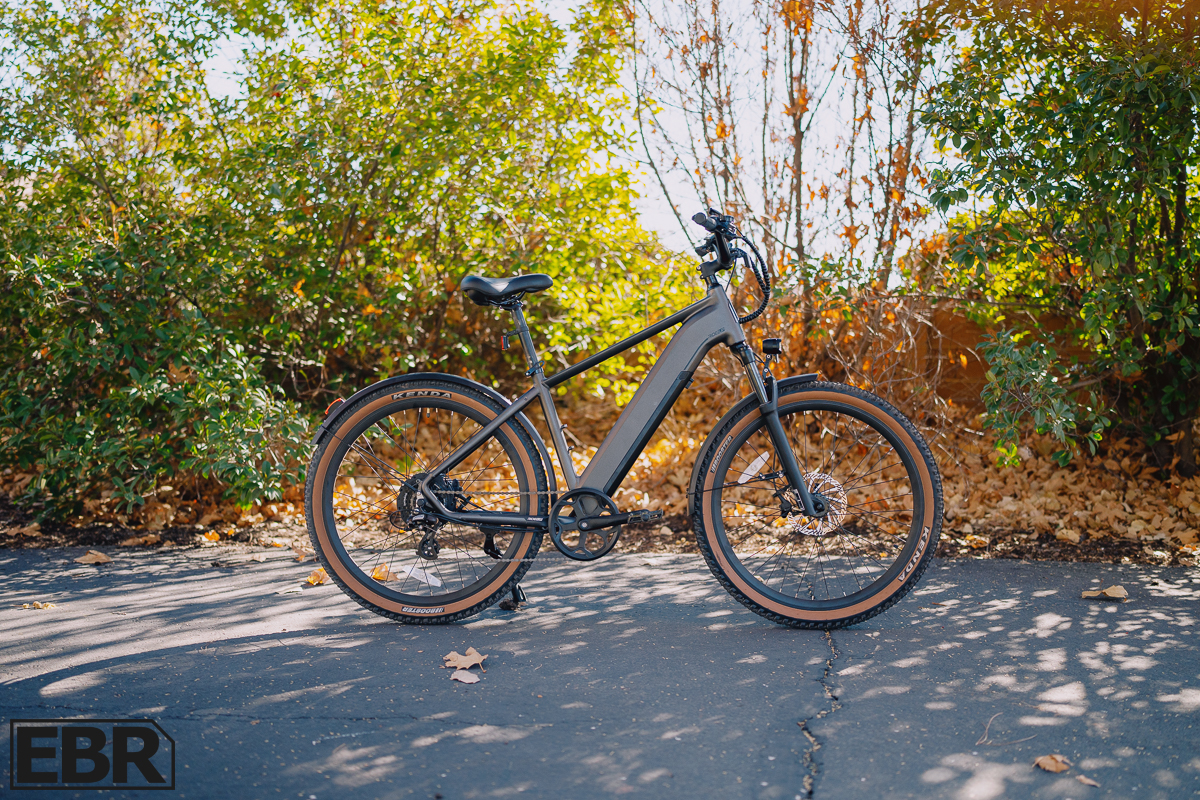
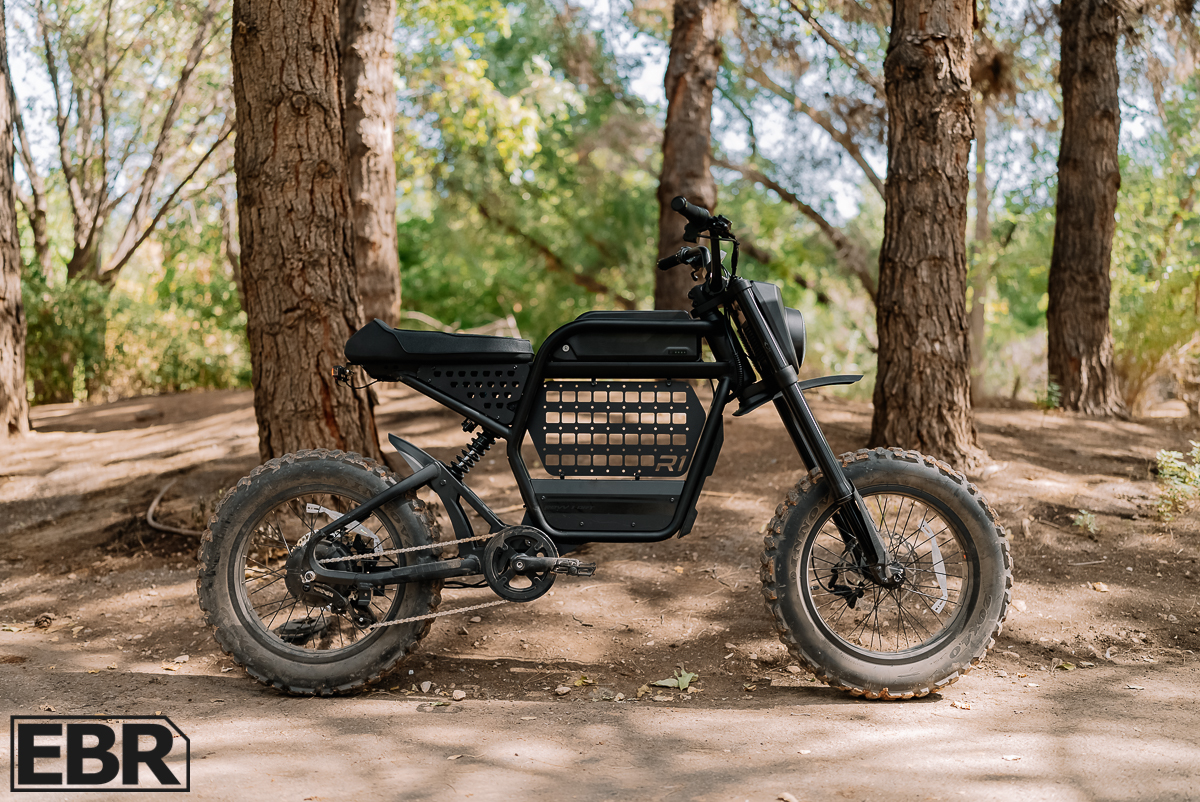
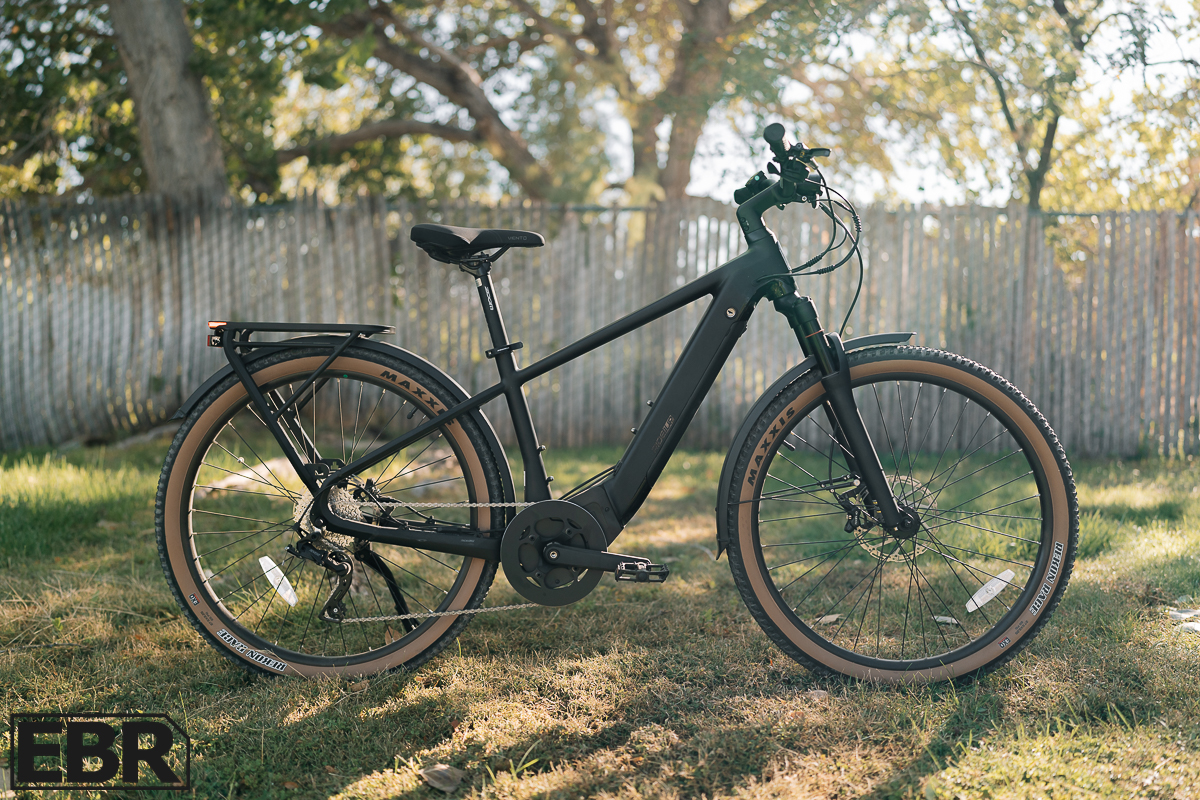
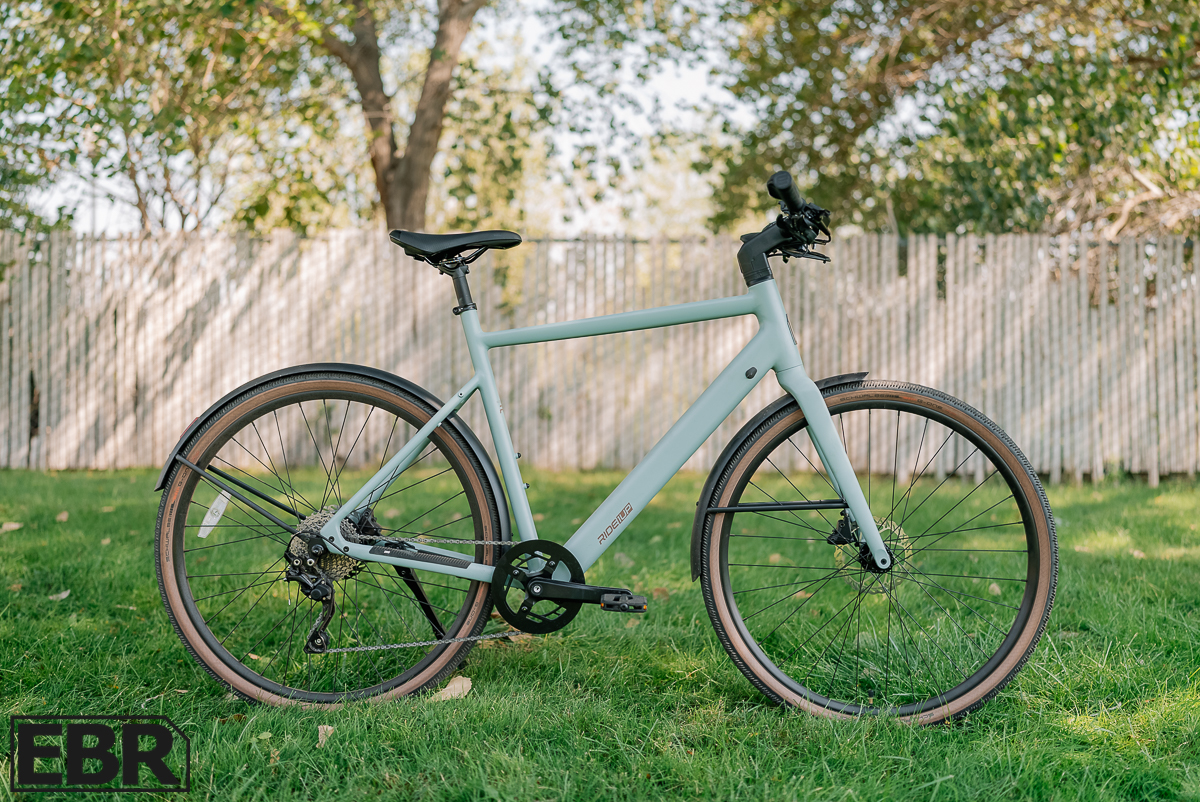
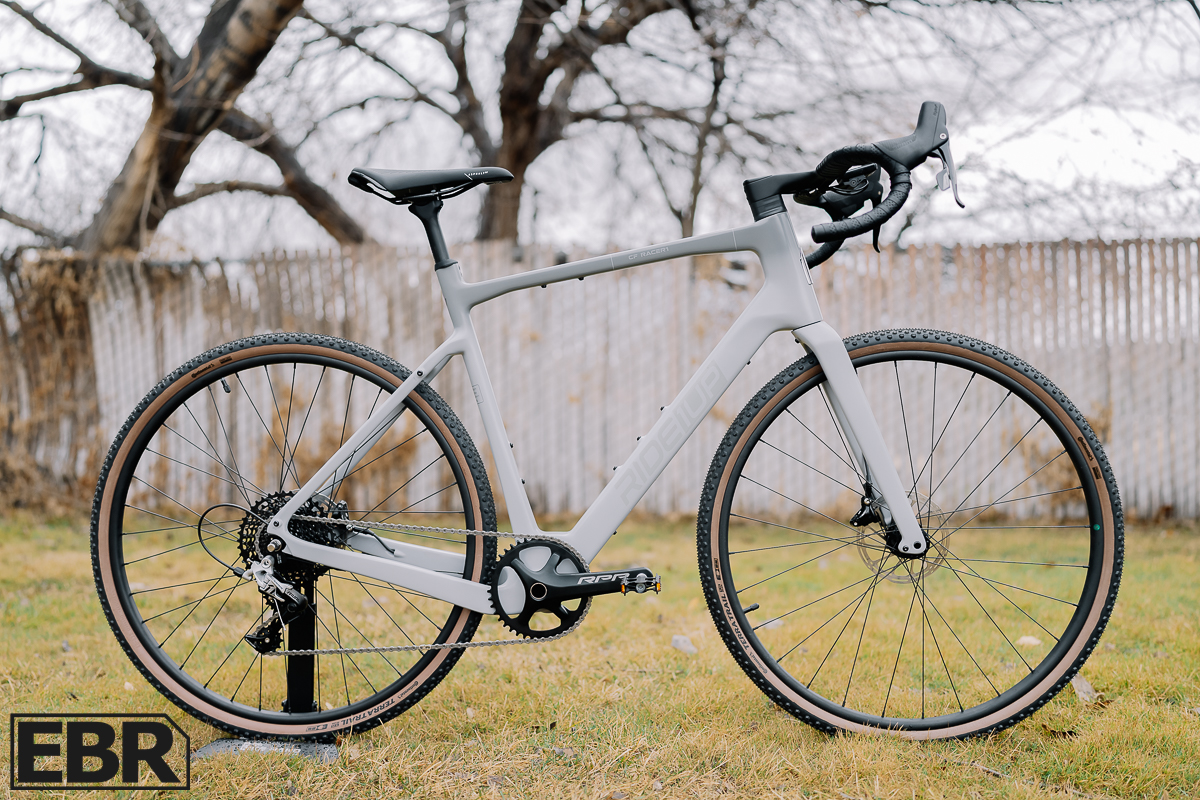
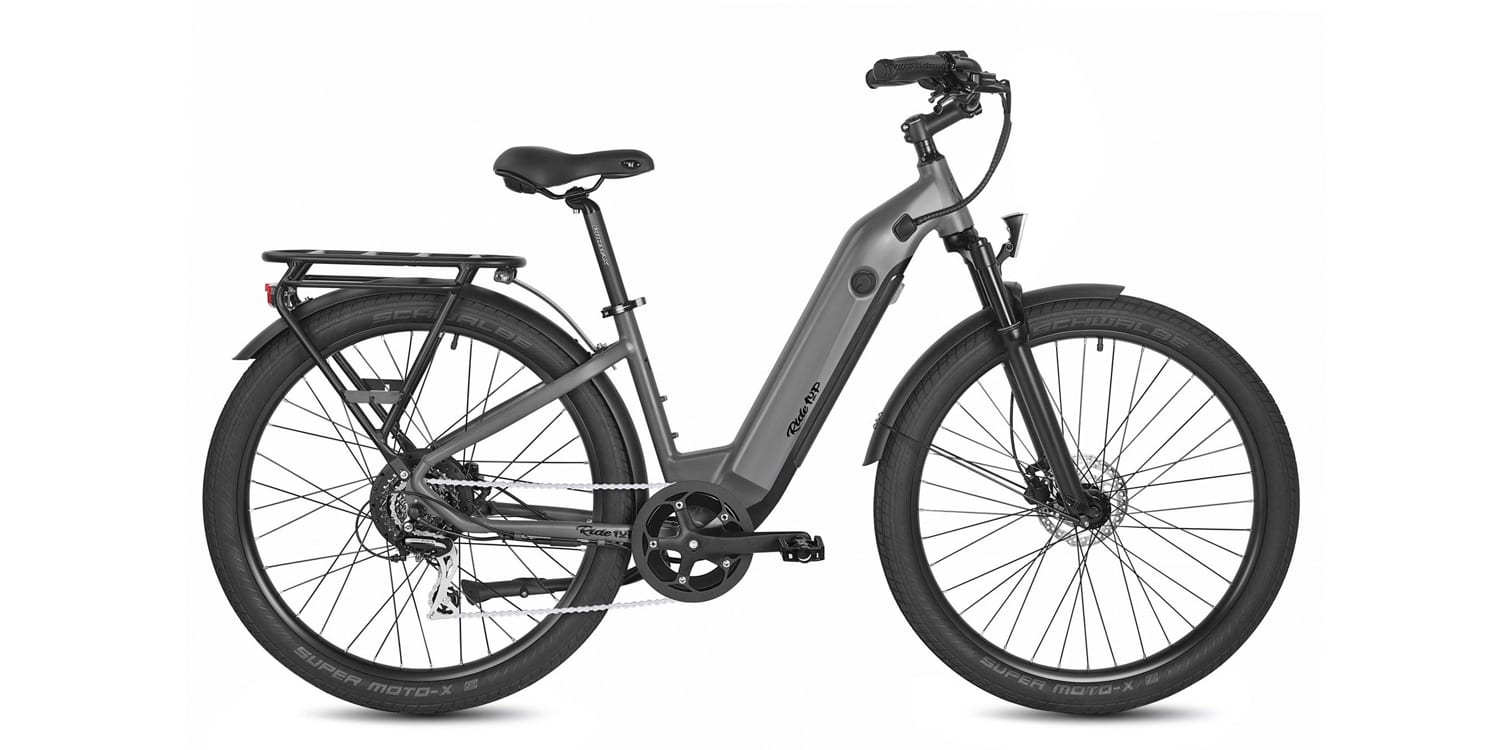
Reader Interactions